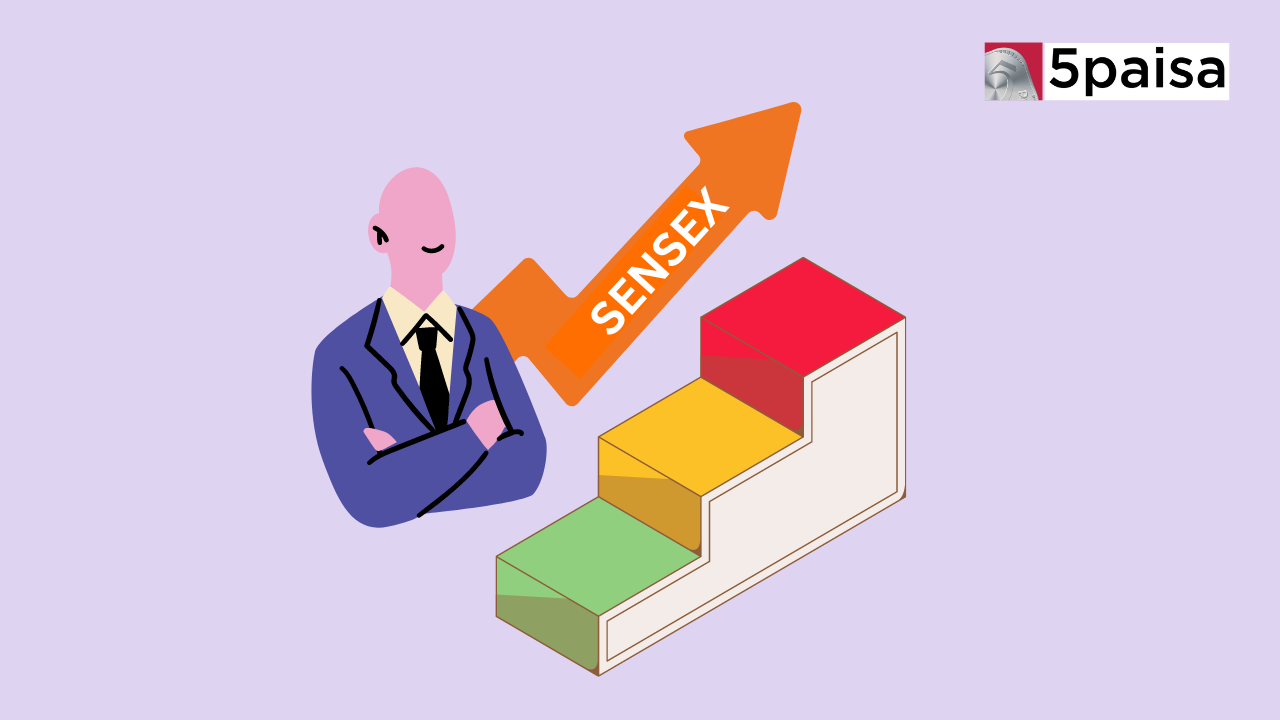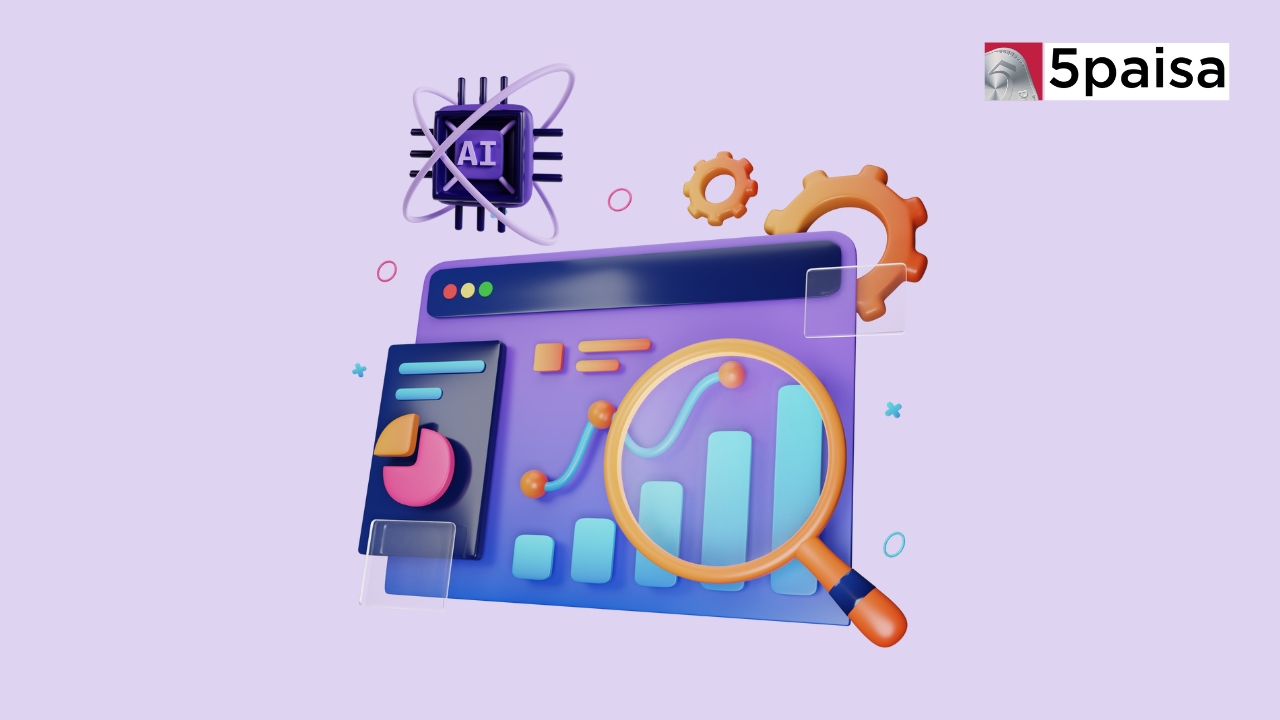List Of Maharatna Companies In India
How effectively companies are using technology to offer financial services

Last Updated: 15th December 2022 - 09:00 pm
In the last 20 years, there have been several visible examples of the use of technology in financial services. ATM and internet banking changed the face of banking substantially and we need to thank private banks for taking that initiative. Stock broking and distribution underwent a big change with internet broking, online personal finance advisory and distribution of financial products. Institutional broking also saw big shifts due to the advent of technology and this included algorithmic trading, low latency trading and direct market access (DMA). But these are just the most visible trends in India. If you look at the rapid proliferation of low cost online stock brokers in India, it is clear how technology has changed the face of financial services.
Technology is actually transforming financial services
Technology is becoming a transformative agent in every sector of the financial services industry. In the case of banking, technology allowed smaller banks to compete with the big names. Customer acquisition costs also came down sharply. Above all, the advent technology in financial services helped to reduce the costs substantially and provided a shield against economic downturns. This has helped financial services become less cyclical over time. In fact, financial service companies are looking to the IT organisation to do more to help make sure they are well positioned to succeed in the future. There are macroeconomic trends sweeping the world, and technology-driven influences buffeting the industry. We have only seen the first generation of technology application in financial services like online, internet, ATMs etc. The next phase consisting of machine learning, artificial intelligence, robotics etc could be challenging but also more differentiating. Let us look at five such trends that allow us to understand how technology is transforming financial services.
Convergence of finance and technology via Fintech
Never before has the confluence of the financial services industry and the technology sector been so meaningful and deep. Goldman Sachs and Citi employ more machines and programmers in their broking businesses than sales traders and dealers. Those who can develop or leverage disruptive technologies and innovative practices will thrive. India has just about scratched the surface of Fintech but new business opportunities like low cost broking, P2P lending, remote banking are all becoming possible due to the power of Fintech.
Technology is forcing strategy shift in financial services
Technological advances have real world implications on the financial services industry, and institutions need to adjust their business models accordingly. More full-service brokerage first are beginning to think like discount brokers and working their models accordingly. Distributors are not avoiding discussing about MF Direct Plans but are voluntarily including it as part of their broad strategy. These could hardly be imagined. Banks are not only bracing for competition from other banks but also from NBFCs, P2P lenders and telecom companies.
Better use of data and analytics
Whether you are a bank, an insurer, a broker or a financial distributor; the key to growth is in improving revenue per customer. That is only possible through deeper data mining of your existing customer base to throw up new financial needs that are unmet that can be business opportunities. The need of the hour in financial services is to develop a deep understanding of the current trends in the market and the needs of the customer and fit them together into a nice jigsaw puzzle. Quite often the gap between planning, execution and success has been the ability to distil and harness data. That is where analytics can play a big role for financial services companies.
Changing the way payments are managed
Do you remember the old IPO days when you would file an application with a cheque and you will now the response in 3 months? Those days are long gone. The IPO process is crunched to less than 10 days and the outcome is available online. You can get the allotment status on the 8th day and the shares into your demat account by the 10th day. These are possible due to new payment methodologies like online banking, UPI payments, ASBA payments, digital transfers etc.
Robotics and automation
One scare in the financial services industry has been that robotics and automation would lead to thousands of job losses. In reality, jobs are likely to be transformed. You don’t need an army of relationship bankers talking to people at a branch. The entire experience can be converted into a smart and customised BOT. Similarly, online advisory services are now being redesigned to look like an actual branch visit. Your next visit to the bank may be met by a robot than a human. That is certainly what financial services are moving towards.
- Flat ₹20 Brokerage
- Next-gen Trading
- Advance Charting
- Actionable Ideas
Trending on 5paisa
Indian Stock Market Related Articles
Disclaimer: Investment in securities market are subject to market risks, read all the related documents carefully before investing. For detailed disclaimer please Click here.
 5paisa Research Team
5paisa Research Team
 Sachin Gupta
Sachin Gupta




